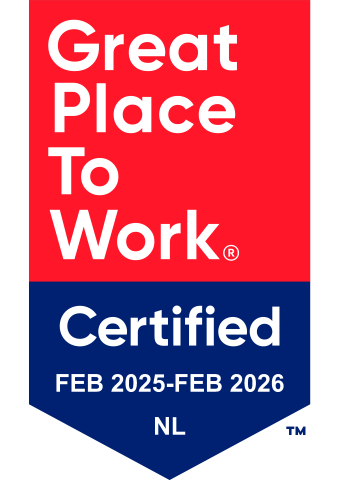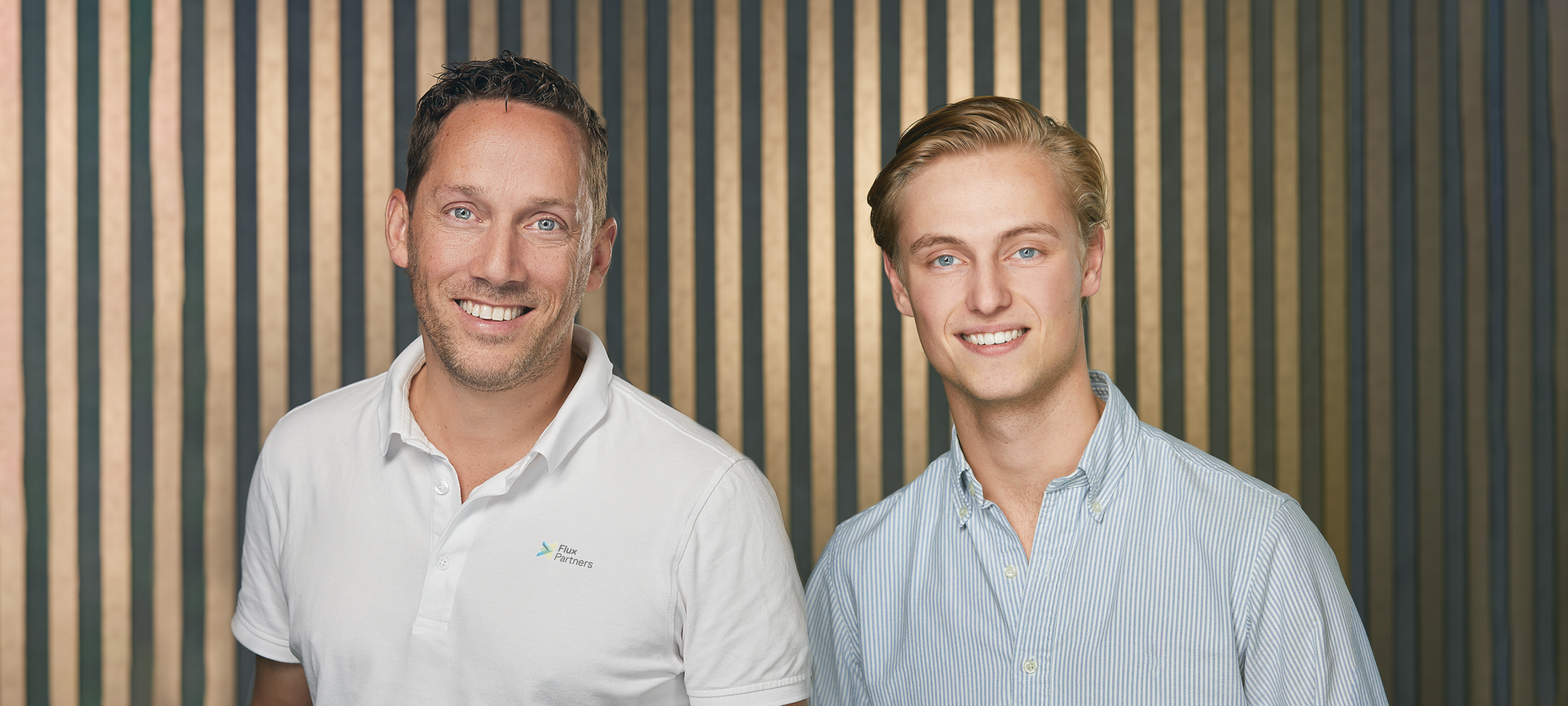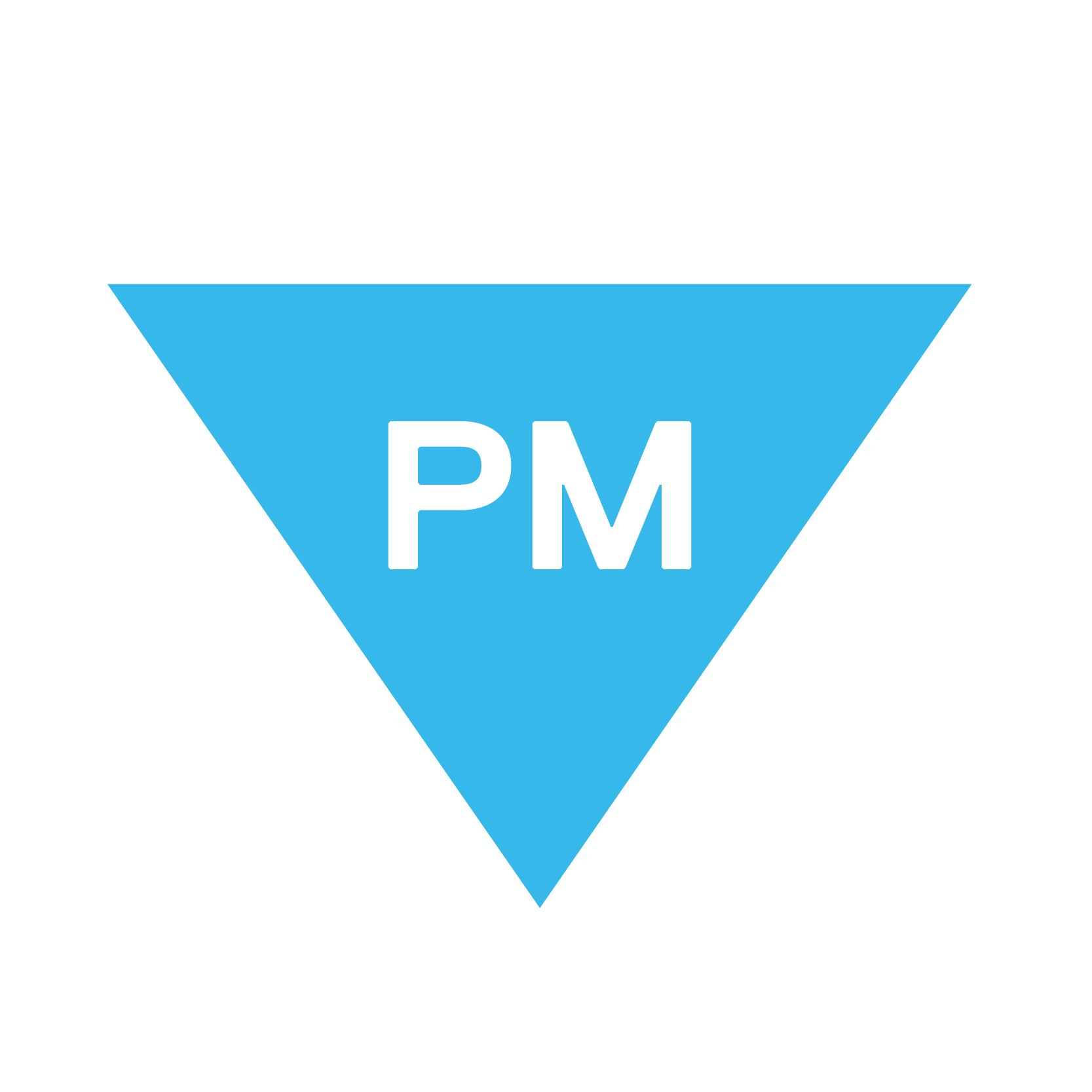The power of cooperation between junior and senior staff
Within Flux, cooperation is a big part of the company philosophy. We embrace the 70-20-10 method, where as much as 70% of learning takes place in practice. We believe that cooperation is an indispensable part of our employees’ development. A striking example of this is the cooperation between senior project manager Hans Veenstra and junior colleague Ties Hamelink. They work as a duo during various projects for the municipality of Katwijk.
Project coordination at the municipality of Katwijk
At the municipality of Katwijk, Hans and Ties face the challenge of coordinating no less than six separate projects. These projects involve various tasks, including planning, selecting contractors and providing guidance during the implementation of projects in the field of infrastructure, design of public spaces, sewerage, landscape management and more.
These projects are a good example of how cooperation between a senior and junior employee is successfully established, both for Flux and the municipality of Katwijk. “Previously, a senior employee would have done this project full-time on his own,” notes Hans. “Now Ties and I work together half the week. This allows us to maintain competitive rates and tackle a wider range of projects.”
Ties adds: “Given my experience as a junior, I do not fully meet the required profile for this project. Thanks to the cooperation with Hans, I do have the opportunity to take on this project. As a duo, we take an equal approach which is proven to work in practice: it ensures more speed and efficiency.”
Knowledge transfer and growth thanks to cooperation
At Flux, knowledge transfer between employees takes place through a continuous process of communication and alignment. “At Flux, I can indicate what I want to learn more about, and then I can follow along with a more experienced colleague,” explains Ties. “The role of project leader like at the municipality of Katwijk was new to me, but because I get a lot of responsibility, I can learn and grow quickly. That way, I can make a difference to an organisation with more momentum.”
Hans emphasises: “We try to see where each other’s qualities lie to make the best match for a specific project. We discuss both our strengths and weaknesses and see how we can strengthen each other. The fact that you can contribute to someone’s development is of course very valuable.”
Hans is convinced that this way of working together contributes to more efficient project implementation. “At the municipality, the focus is on creating support and following procedures. As a senior, you often see the risks and draw on your experience when problems arise. As a junior, you don’t have this ‘ballast’ and come up with a creative approach faster. This leads to a successful combination, in which we looked for a healthy mix of qualities and character.”
Hans and Ties are both convinced that cooperation between senior and junior staff is the future for all parties. “I believe that it is an essential part of Flux”, explains Ties. Hans adds that it complements the entire infrastructure market because of the scarcity in the market: “By pairing a senior with two juniors, you form a dynamic that not only increases capacity but also provides a fresh perspective on the playing field. This allows us to tackle more projects together. It’s a win-win situation.”


